Some places of interest in Queensland and beyond.
April 2011
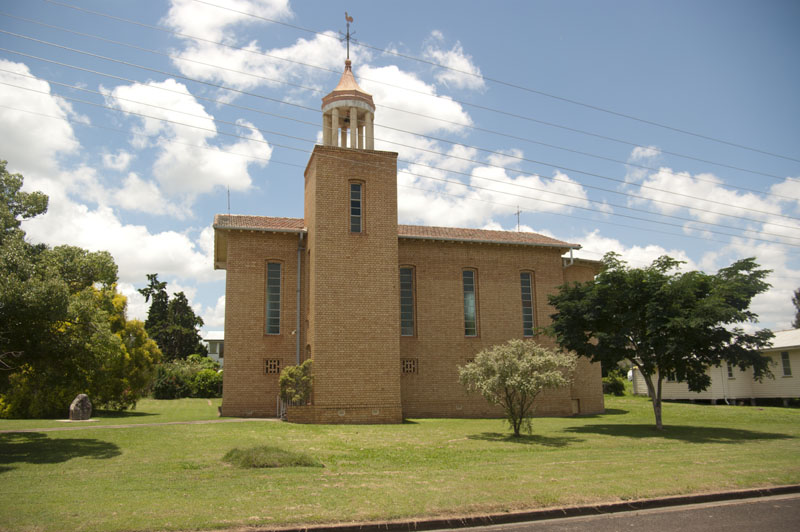
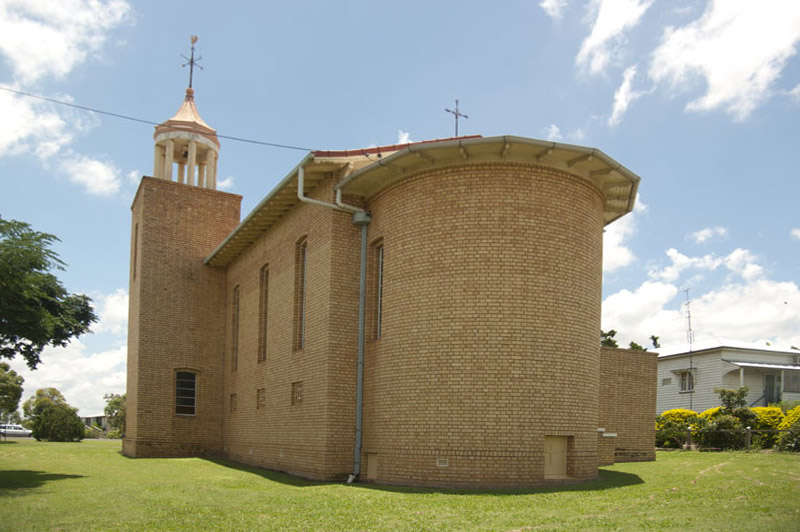
St Peter’s Anglican Church , Proston is a fine example of an interwar church with romanesque and modernist influences. Brisbane architects Lucas and Cummings were responsible for the design of this striking building.
Proston is a small town in the South Burnett and the church is located on a major intersection.
Location
April 2011
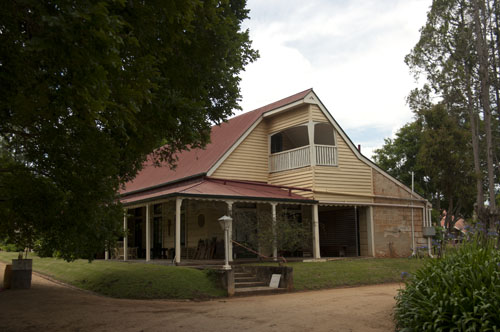
Taabinga homestead in located in the South Burnett district. Taabinga run was taken up in 1846 by the Haly bros. The property was purchased by Arthur Youngman in 1887 who undertook major improvements including to the house and yards. The property remains in the Youngman family.
Sections of the main house date from the 1850s with several major extensions. Arthur Youngman took a keen interest in the garden which survives to provide a stunning setting for the main house. The main house, garden and outbuildings are maintained in excellent condition and are a superb example of a 19th century Queensland homestead.
The current owners provide tours and short stays. Check the website.
More images
April 2011
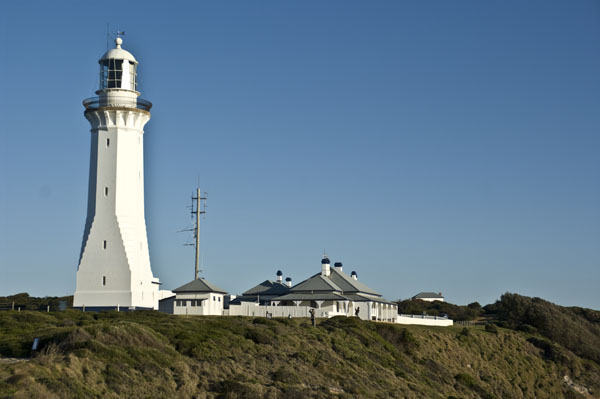
Green Cape Light House is located on the far south coast of New South Wales. The light station was built in 1883 and designed by NSW Colonial Architect James Barnet. It was constructed of mass concrete, the second in NSW and possibly the third in the world.
Location
More images
February 2011
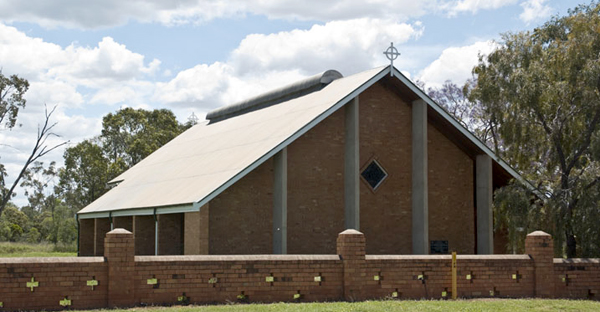
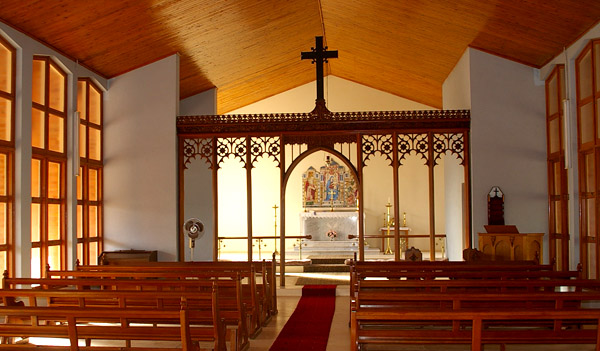
St Paul’s Anglican Church at Talwood in southwest Queensland does not seem on first appearances to be unusual or remarkable. But it is.
This was the first church in Queensland to be built that was unambiguously modern it is style and represented a clear break from the accepted Gothic or Romanesque. The architect was Edwin Hayes of the Brisbane firm Hayes and Scott.
The driving force behind the construction of the church was local pastoralist and chruch warden Arthur Warner. It was probably Warner who engaged Hayes and the reason why such a striking building was erected in a remote part of Queensland.
Just as remarkable is the interior with an elaborately carved rood screen and Italian crafted reredos. How these two pieces of ecclesiastical furniture came to be in a small rural church is a unusual story.
Warner was born in England and his parents had a house at Hyeres on the French Rivera. His father had been responsible for the construction of a Anglican Church in Hyeres prior to World War I. When Arthur Warner travelled overseas after World War II he became aware that some of the furnishings from the Hyeres church had been removed from the church during the war. Warner managed to obtain the rood screen and reredos and shipped them back to Australia. The rood screen was repaired by Harvey Bros, Brisbane and then installed in St Paul’s.
Location
July 2008
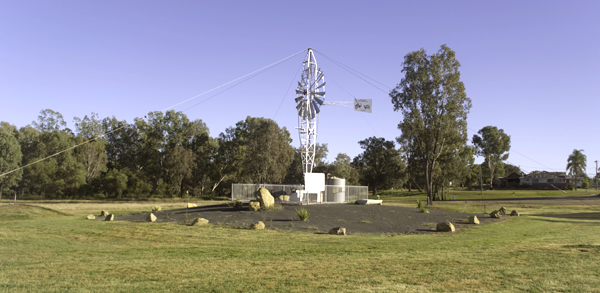
Windmills are a common sight in rural Queensland. Most are of a similar design but varying in size. Windmill manufacturing in Queensland was dominated by two brands – Southern Cross and Comet.
But there were many variations including the Swing or pivoting windmill built by the Steel Wings Co of North Sydney. This windmill was erected on Kinnoul outside Taroom. It was restored and re-erected in a park at Taroom in 2003.







